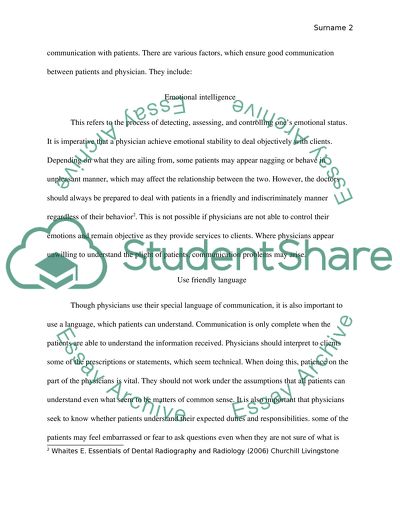Cite this document
(“Communication between a doctor and a patient Essay”, n.d.)
Retrieved de https://studentshare.org/health-sciences-medicine/1470688-communication-between-a-doctor-and-a-patient
Retrieved de https://studentshare.org/health-sciences-medicine/1470688-communication-between-a-doctor-and-a-patient
(Communication Between a Doctor and a Patient Essay)
https://studentshare.org/health-sciences-medicine/1470688-communication-between-a-doctor-and-a-patient.
https://studentshare.org/health-sciences-medicine/1470688-communication-between-a-doctor-and-a-patient.
“Communication Between a Doctor and a Patient Essay”, n.d. https://studentshare.org/health-sciences-medicine/1470688-communication-between-a-doctor-and-a-patient.


